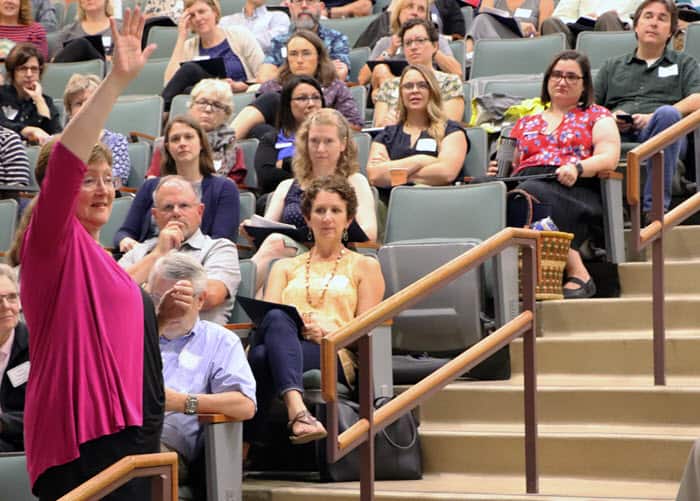What we are learning about generative AI in education
What we are learning about generative AI in education
By Doug Ward
Research about learning and artificial intelligence mostly reinforces what instructors had suspected: Generative AI can extend students’ abilities, but it can’t replace the hard work of learning. Students who use generative AI to avoid early course material eventually struggle with deeper learning and more complex tasks.
On the other hand, AI can improve learning among motivated students, it can assist creativity, and it can help students accomplish tasks they might never have tried on their own.
